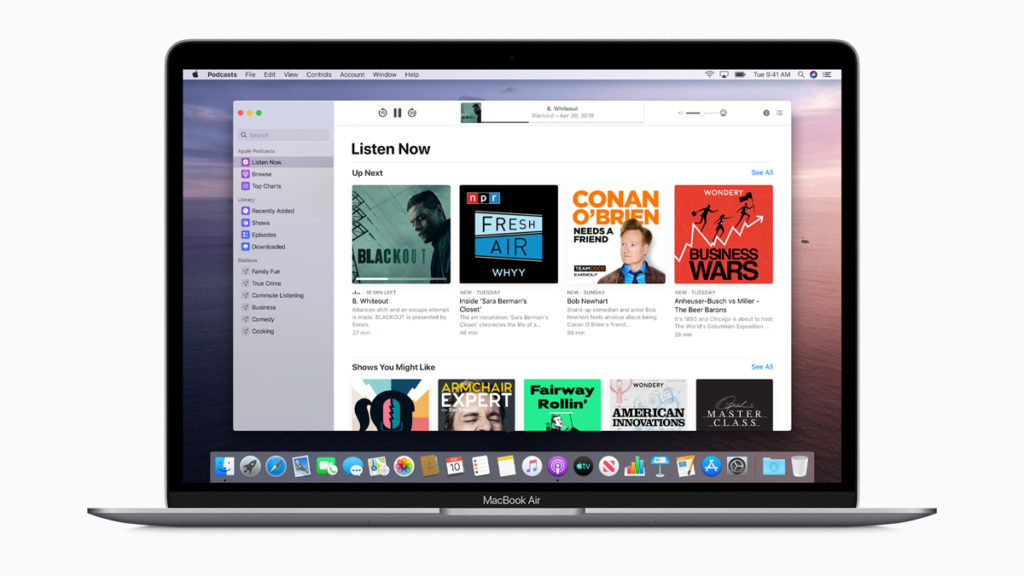
Mac doesn’t make a sound It makes a sound when the machine is turned on, and the sound disappears after a whileTry to delete the Hal folder in: resource library / audio / plug ins / Open any source Install software from any sourcesudo spctl -master-disable Find timemachine backups sudo tmutil listlocalsnapshots /tmutil deletelocalsnapshots 2017-59. Permanent environment variables are added to the.bashprofile file: 1. Find the path to.bashprofile by using: 2. Open the.bashprofile file with a text editor of your choice. Scroll down to the end of the.bashprofile file. Use the export command to add new environment variables. Update applications. MacOS Catalina performance may get worse if applications on your Mac are out of date. Developers update applications regularly for all sorts of reasons. Most updates include bug fixes and performance improvements, so it’s important to keep them up to date. For apps that you download from the App Store, it’s easy.
macOS Catalina runs on a dedicated, read-only system volume called Macintosh HD. This volume is completely separate from all other data to help prevent the accidental overwriting of critical operating system files. Your files and data are stored in another volume named Macintosh HD - Data. In the Finder, both volumes appear as Macintosh HD.
The Disk Utility app in macOS Catalina shows that Macintosh HD is the read-only system volume and Macintosh HD - Data contains the the rest of your files and data.
If you upgrade to macOS Catalina from an earlier version of macOS, the read-only volume is created during the upgrade process. Files or data that you previously stored in the startup volume are now stored in this new volume, and some of these files may appear in a new folder called Relocated Items. You can check this folder for any files that you can’t locate.
With macOS Catalina, you can no longer store files or data in the read-only system volume, nor can you write to the 'root' directory ( / ) from the command line, such as with Terminal.
About the Relocated Items folder
While creating the two separate volumes during the upgrade process, files and data that couldn’t be moved to their new location are placed in a Relocated Items folder. The Relocated Items folder is in the Shared folder within the User folder (/Users/Shared/Relocated Items) and available though a shortcut on the Desktop. The Relocated Items folder includes a PDF document with more details about these files.
Setting Up A Database
We're going to install sqlite3 from homebrew because we can't use the built-in version with macOS Sierra without running into some troubles.
Rails ships with sqlite3 as the default database. Chances are you won't want to use it because it's stored as a simple file on disk. You'll probably want something more robust like MySQL or PostgreSQL.
There is a lot of documentation on both, so you can just pick one that seems like you'll be more comfortable with.
If you're new to Ruby on Rails or databases in general, I strongly recommend setting up PostgreSQL.

If you're coming from PHP, you may already be familiar with MySQL.
MySQL
You can install MySQL server and client from Homebrew:
Once this command is finished, it gives you a couple commands to run. Follow the instructions and run them:
By default the mysql user is root with no password.
When you're finished, you can skip to the Final Steps.
PostgreSQL
You can install PostgreSQL server and client from Homebrew:
How To Install Git On Macos Catalina
Once this command is finished, it gives you a couple commands to run. Follow the instructions and run them:
How To Update Git On Mac
By default the postgresql user is your current OS X username with no password. For example, my OS X user is named chris so I can login to postgresql with that username.